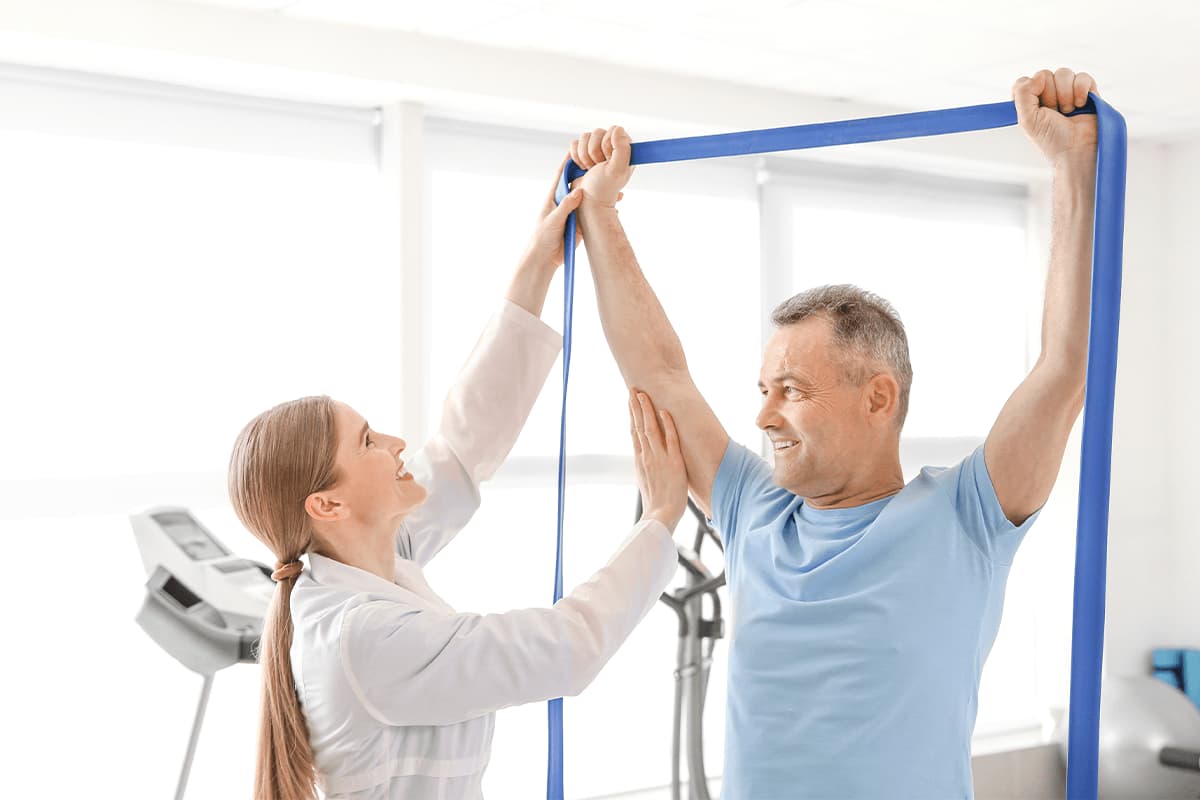Understanding the Methods to Physiological Treatment for Improved Recovery plus Restoration
Understanding the Methods to Physiological Treatment for Improved Recovery plus Restoration
Blog Article
Physiological therapy is one significant part of recovery and rehabilitation for many patients. It helps people restore vigor, enhance movement, and alleviate discomfort after traumas or operations. Numerous methods to physiological therapy, every tailored to meet the distinct needs of patients. Grasping these diverse approaches can help people take informed determinations about their healing process.
A frequent approach to bodily treatment is physical rehabilitation. This approach entails physical care by a physical specialist to adjust muscles and articulations. Manual treatment can assist reduce discomfort, improve vascular health, and enhance range of motion. Therapists may utilize techniques such as kneading, connection adjustment, and flexibility exercises to aid clients recover. Such approach is commonly beneficial for those with skeletal problems, such as lower back discomfort or arthritis, as it centers on the physical elements of healing.
A different important method is therapeutic movement. Such approach includes targeted activities designed to boost strength, equilibrium, and coordination. Physiological therapists develop personalized exercise plans based on the patient's status and goals. Such exercises can vary from easy actions to increasingly complex tasks. Rehabilitative exercise is vital for restoring vigor after an injury and stopping future issues. This also assists patients restore belief in their physical capabilities, which is essential for overall healing.
Water-based rehabilitation is an additional beneficial method that utilizes liquid to aid in rehabilitation. This approach leverages the buoyancy of water, which reduces the pressure on connections and facilitates more comfortable activity. Individuals can execute movements in a swimming pool, making it a great option for those with limited flexibility or pain. Aquatic rehabilitation can assist enhance strength, flexibility, and endurance while delivering a helpful setting for rehabilitation. It is especially helpful for individuals recovering from procedures or those with persistent discomfort issues.
Finally, education and self-management are crucial parts of physiological therapy. Physical specialists also offer care but also instruct individuals about their conditions and how to handle them. This includes grasping physical mechanics, posture, and the value of remaining engaged. By equipping individuals with information, therapists aid them assume an proactive role in their healing. Such technique promotes individuals to continue their healing beyond therapy meetings, resulting to better click this link now long-term effects.
To summarize, physical treatment provides diverse methods to enhance healing and recovery. Manual treatment, rehabilitative exercise, pool rehabilitation, and education all have important roles in aiding patients regain their vigor and flexibility. Each technique is customized to meet the distinct needs of clients, guaranteeing a comprehensive technique to healing. With comprehending these different approaches, individuals can more successfully manage their recovery path and work towards attaining their recovery goals.